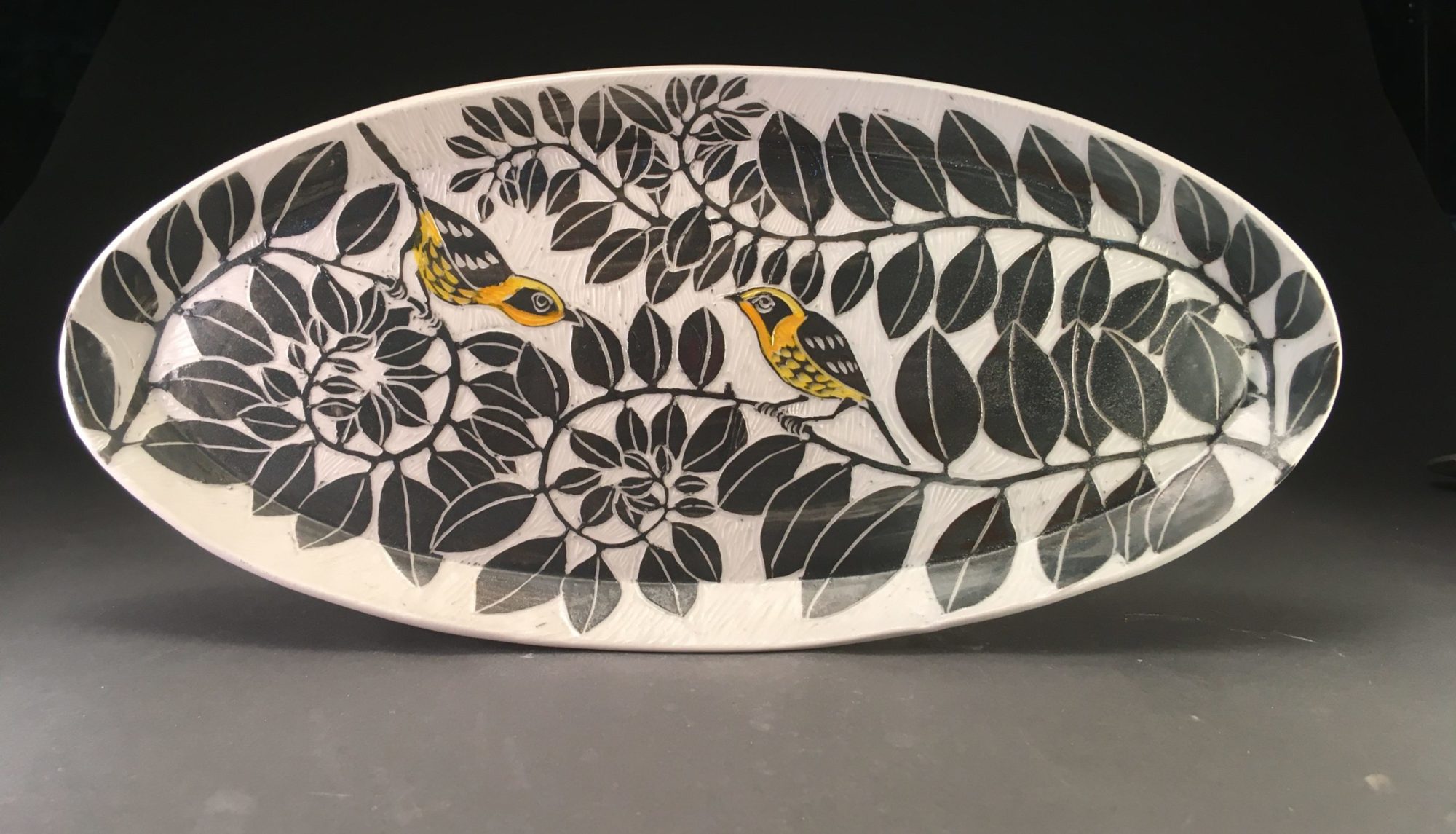Announcement
In 1971 and I was a tween, my mother started a commune with her best friend. This was a rural “Intentional Community” in northern Wisconsin.
Instantly there were a lot of people in our lives. We were living with 2 other families with children. Suddenly I was the oldest of 7. Many college students would come and stay for the summer, other people for a year or two. We became acquainted with other people living in the area who were also trying out alternative ways of living.

As a result of these connections and my interest in pottery (which is a whole other blog entry) when I was 16, my first job was working part time for a potter. I sifted straw ash, pugged clay, sat up during wood firings, washed his dishes (I loved doing that because all his dishes were handmade pots- many by Warren MacKenzie, his teacher, mentor and friend) I also met and spent time with a few of his potter friends.
Somewhere in there, I think I assumed I would become what I now call a “country potter”.
I didn’t think about it consciously. I didn’t even realize at the time that there were “city potters” I just loved the people I knew who lived out in the country in these funky cool houses and made pots for a living (sort of – there were auxiliary sources of income like teaching and employed wives and insurance settlements).
I went off to college at the U (Minneapolis) took ceramics, met my husband there and eventually moved to Chicago. After about 5 years living here in Chicago (and not making pottery), I met a potter at an art fair who told me of Lill street. I called there that afternoon and was signed up for a class that week, teaching there within months.
That was in 1989 and I’ve been there ever since.
I met so many “city potters” and saw the great benefits of belonging to a large community of potters where we could see each other’s work every day and in process and grab anyone to discuss technical or aesthetic problems as they arose. Resources could be pooled, glazes shared, firings happened 2-3 times a week, test tiles came back immediately. I learned a huge amount.
Most of all at Lill, I learned I was a teacher. That I loved teaching, loved imparting information, loved the challenge of finding the best way to help someone understand how to do something. Teaching is an ever-changing, ongoing endeavor as you adapt to your students and their age and the environment in which they are learning. At Lill I came to realize I truly had something to offer people.
And now, I’m choosing to leave.
It’s not that I actually want to leave Lill it’s more that I have never completely let go of my dream, my image of myself as a country potter. Of my children growing up in the country. Of open sky and forests and the freedom of space you get when you live in the country and so we are moving back to Minnesota. Most likely to Northfield where my family is from so we can be near aging mothers and other family.
I will be tackling such challenges as setting up a studio and, most worrisome for me, figuring out how to continue firing my pots to cone 10 reduction. I don’t know if I will build a kiln or buy one or share an existing kiln. I hope to connect with a small community of potters in that area and perhaps find a place to teach again. I have some friends and connections left over from my college days and also some transplants from Lill who have inspired me. I will be excited to see them again.
I look forward to sharing this whole journey with the readers of my blog.
Lastly, in between selling our house and moving to Minnesota, we will be traveling to Nepal!!! I am sure I will want to post about the potters there because I have always wanted to see in person, those potters who throw off a massive hump on a hand-turned wheel set in the ground; the fruits of their labors spread around them drying in a sunny courtyard.









